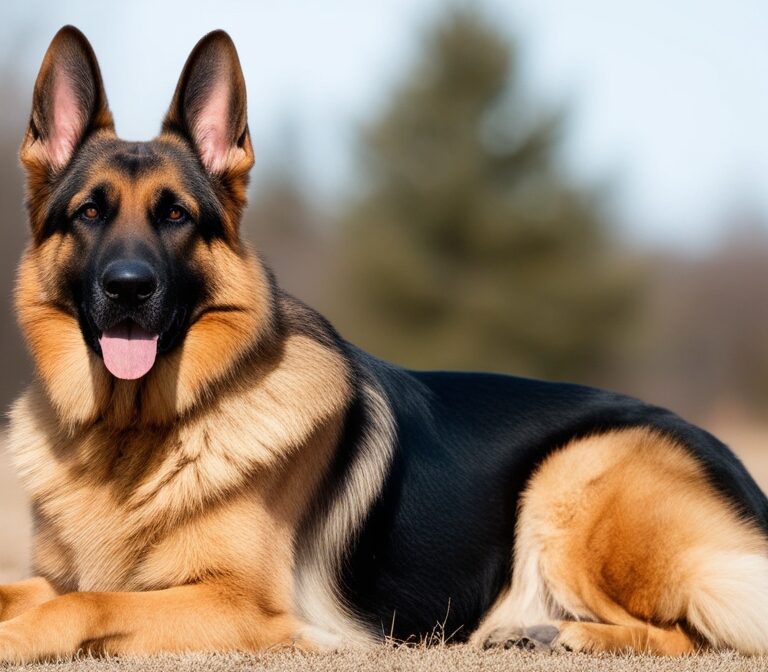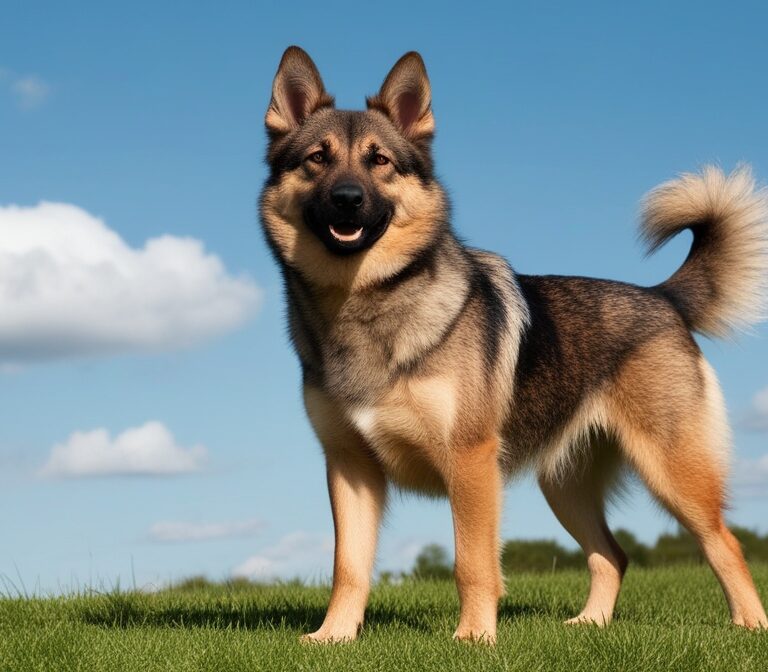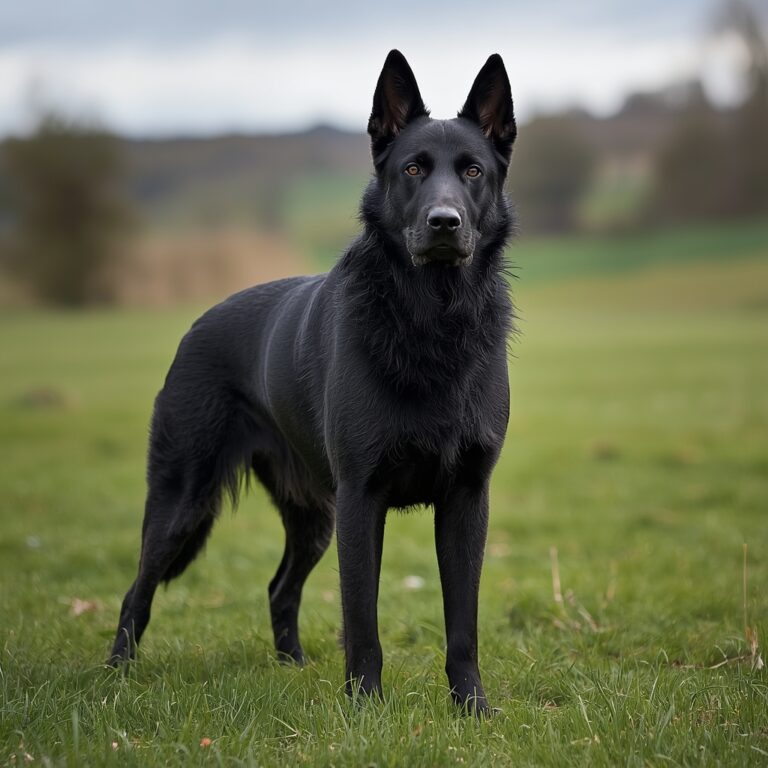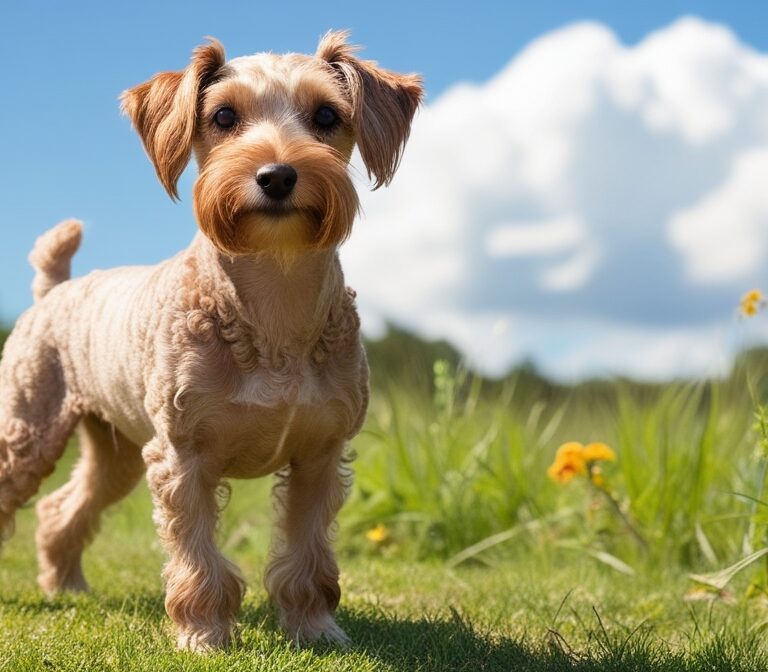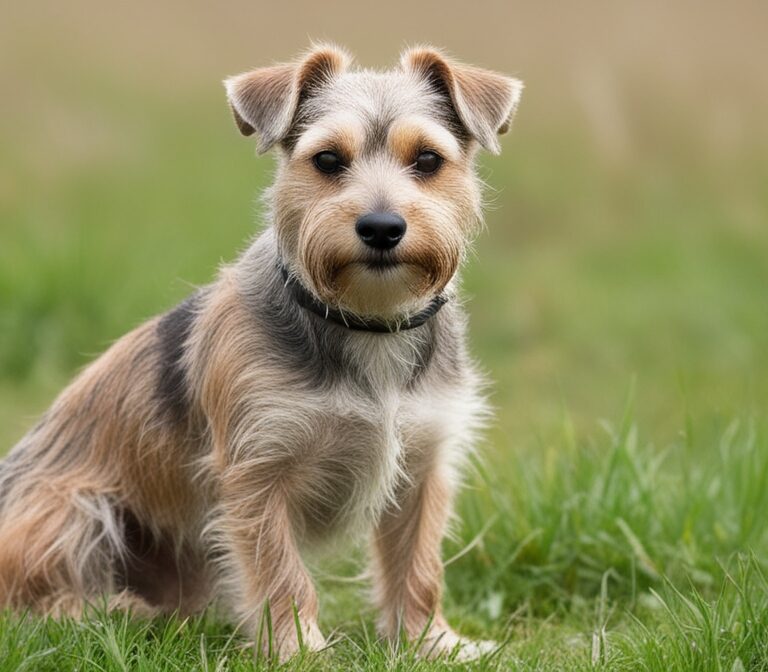Affenpinscher: Complete Guide to the Monkey Dog Breed
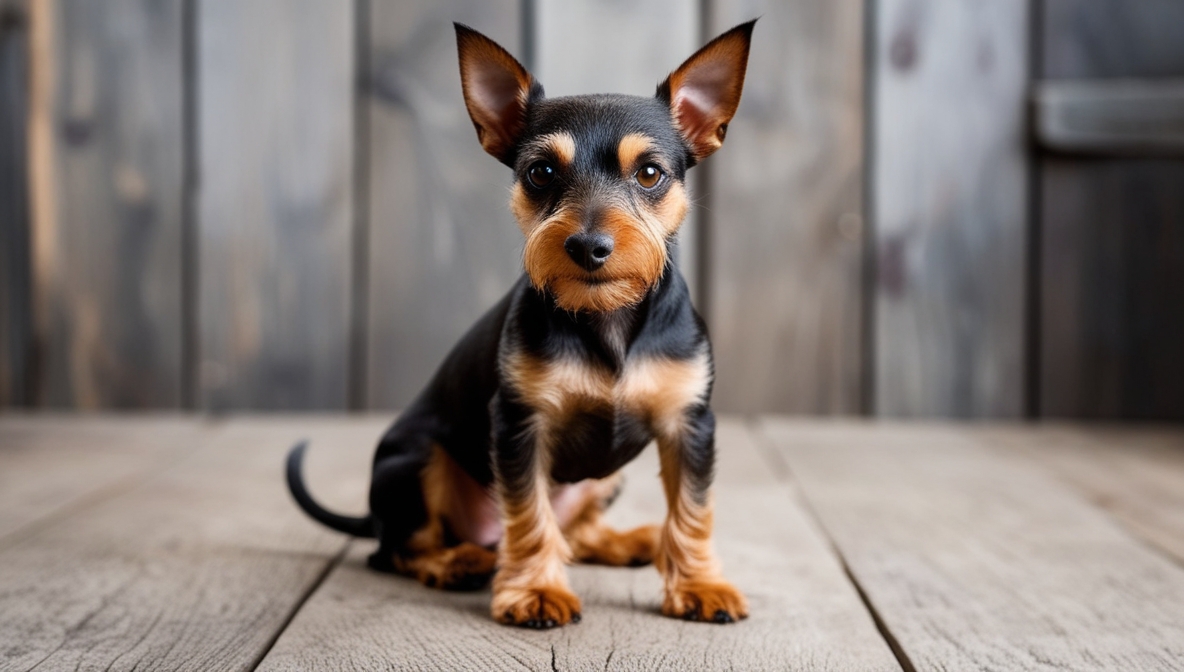
Introduction to the Affenpinscher Dog Breed
The Affenpinscher is a small but spirited dog breed known for its playful temperament, distinctive monkey-like face, and loyal personality. Classified under the toy group by the American Kennel Club (AKC), this breed is often referred to as the “Monkey Terrier” due to its expressive features and mischievous behavior. Weighing typically between 6 to 13 pounds and standing around 9 to 12 inches tall, the Affenpinscher may be tiny in size, but it carries a big-dog attitude.
This companion dog originated in Germany during the 17th century, bred primarily for ratting and later refined as a charming household pet. Today, the Affenpinscher has gained popularity worldwide as a quirky, affectionate, and somewhat stubborn pet. Its rough coat, distinct beard, and comical expressions make it a favorite among dog enthusiasts looking for a breed with character.
The temperament of the Affenpinscher blends curiosity, playfulness, and loyalty, making it suitable for both singles and families who appreciate a lively companion. However, potential owners should be aware that this breed’s independent streak requires patience in training and consistent socialization.
As a small dog, the Affenpinscher adapts well to apartment living while still needing daily exercise to stay healthy and stimulated. With a lifespan of 12 to 15 years, this breed can bring joy for over a decade if cared for properly.
In this article, we’ll explore the history, physical traits, temperament, care needs, and training tips for the Affenpinscher, while also comparing it with related breeds such as the Brussels Griffon and Miniature Schnauzer. By the end, you’ll know whether this energetic and stubborn little dog is the right pet for you.
Origin and History of the Affenpinscher
The Affenpinscher’s origin can be traced back to Germany in the 1600s, where small terrier-like dogs were used for pest control in homes, barns, and stables. These early versions were larger than today’s toy-sized Affenpinscher and played an essential role in controlling rodent populations.
The name “Affenpinscher” comes from the German words “Affe” (meaning monkey) and “Pinscher” (meaning terrier), which perfectly describes the breed’s mischievous appearance and terrier-like energy. Over the centuries, German breeders selectively refined the dog, reducing its size and developing its distinctive rough coat and expressive face.
By the 18th century, the Affenpinscher had transitioned from being a farmhand’s rat catcher to a fashionable companion dog for European ladies. Their small size, amusing expressions, and affectionate personalities made them ideal lapdogs for the upper class.
The breed’s closest relative is the Brussels Griffon, which was developed in Belgium and shares similar ancestry. Historical records suggest that Affenpinschers contributed significantly to the creation of this breed, along with the Miniature Schnauzer and other small terriers.
The AKC officially recognized the Affenpinscher in 1936, though its popularity dipped during World War II. It wasn’t until the late 20th century that the breed gained renewed interest, particularly after an Affenpinscher named “Banana Joe” won Best in Show at the Westminster Kennel Club Dog Show in 2013.
Today, while not as common as Poodles or Chihuahuas, the Affenpinscher enjoys a loyal following among enthusiasts who appreciate its quirky charm and unique look.
This historical background not only highlights the Affenpinscher’s German roots but also explains its modern role as a beloved toy breed and companion pet with a rich heritage.
Recognition by Kennel Clubs (AKC, FCI, UKC)
The Affenpinscher is a well-established dog breed recognized by multiple kennel clubs worldwide. The American Kennel Club (AKC) officially recognized the breed in 1936, classifying it under the Toy Group, which includes other small but spirited companion dogs like the Yorkshire Terrier and Pomeranian. The AKC breed standard describes the Affenpinscher as a small, sturdy, wiry-coated dog with a distinct facial expression often compared to a monkey or imp.
In Europe, the Fédération Cynologique Internationale (FCI), which governs breed recognition across many countries, lists the Affenpinscher in Group 2 (Pinscher and Schnauzer type, Molossoid breeds, and Swiss Mountain and Cattle Dogs), specifically under the Pinscher and Schnauzer section. This classification emphasizes the breed’s terrier-like heritage and working-dog background, even though modern Affenpinschers are primarily companion dogs.
The United Kennel Club (UKC) also recognizes the breed, categorizing it within the Companion Dog Group, reflecting its current role as a family pet rather than a working ratter. Breed standards across kennel clubs are generally consistent, calling for a small dog between 9.5 to 11.5 inches in height, weighing about 7 to 10 pounds, with a rough, shaggy coat and an alert, confident expression.
Breed recognition is more than just paperwork; it ensures that the Affenpinscher’s unique traits—from its coat texture to its temperament—are preserved across generations. Responsible breeders must adhere to these standards when selecting breeding pairs, which helps maintain the health, appearance, and character of the breed.
For potential owners, kennel club recognition means access to official pedigrees, dog shows, and health screening programs. For instance, in the United States, an Affenpinscher can participate in AKC agility, obedience, and conformation events, giving owners opportunities to showcase the breed’s lively nature.
Thus, recognition by major kennel clubs not only validates the Affenpinscher’s place in canine history but also ensures its continued future as a cherished and well-defined companion breed.
Physical Characteristics of Affenpinschers
The Affenpinscher’s appearance is one of its most defining qualities, making it instantly recognizable among other toy breeds. Standing at just 9 to 12 inches tall and weighing between 6 to 13 pounds, this small dog has a compact, square build with a sturdy frame. Despite its size, the breed is not fragile; instead, it conveys strength and balance.
One of the most distinctive features of the Affenpinscher is its face, often described as monkey-like or even ape-like. This is due to its short, broad muzzle, prominent beard and mustache, and expressive dark eyes that seem full of mischief. Its small, erect ears can be cropped or natural, depending on country standards, and its tail is typically carried high, sometimes docked in regions where the practice is still legal.
The coat is another hallmark trait. Affenpinschers have a rough, dense, and wiry double coat that gives them a somewhat shaggy yet neat appearance when properly groomed. The hair around the head, eyebrows, and beard adds to their comical and intelligent expression. Coat colors recognized by the AKC include black, gray, silver, red, belge (a mix of black and reddish-brown hairs), and tan markings. Some kennel clubs allow slightly wider color variations, but black is the most popular.
Their gait is described as light, confident, and purposeful, reflecting their alert temperament. Unlike some toy breeds, they are not delicate movers; instead, they project boldness in every step.
In terms of physical resilience, the Affenpinscher’s sturdy bone structure helps it withstand active play and exercise. While small in stature, this breed is not prone to fragility like some other toy dogs, making it suitable for families with children who understand gentle handling.
Overall, the physical characteristics of the Affenpinscher—its compact size, wiry coat, expressive face, and bold stance—combine to create a dog that is both charming in appearance and sturdy in build. This blend of cuteness and toughness is part of why the breed is so beloved.
Coat Colors Recognized in Affenpinschers
The Affenpinscher’s coat is not only defined by its rough texture but also by its range of recognized colors, which add to the breed’s unique appeal. According to the American Kennel Club (AKC), the primary coat colors include:
- Black – The most common and popular color, giving the breed its classic, sleek look.
- Belge – A mix of black and reddish-brown hairs, often with slight shading.
- Red – Ranging from deep rusty red to a more orange tone.
- Silver – Lighter gray shades that give the dog a striking appearance.
- Gray – Variations of medium to dark gray, sometimes with shading.
- Tan with markings – Some Affenpinschers may have tan points on their face, chest, and legs.
Other kennel clubs, like the UKC and FCI, may recognize slightly different shades, but black remains the dominant and most widely accepted color.
The coat type also influences how colors are perceived. Since the Affenpinscher has a dense, rough, and wiry coat, colors often appear textured rather than glossy, enhancing the breed’s scruffy, comical look. The beard and eyebrows especially highlight color variations, giving each dog a unique personality in its appearance.
Unlike some breeds where coat color affects health, the Affenpinscher’s color variations are largely aesthetic and have no significant impact on overall health or temperament. However, consistent grooming is essential to maintain vibrancy and prevent mats.
Color can also influence show ring appeal. For instance, in the Westminster Dog Show, most winning Affenpinschers are black, reflecting a preference for the breed’s traditional look. However, in pet homes, families often choose based on personality rather than coat shade.
In short, the range of coat colors—from black to belge, silver, and red—adds to the Affenpinscher’s visual charm, ensuring that no two look exactly alike while still adhering to kennel club standards.
Temperament and Personality Traits
The temperament of the Affenpinscher is one of its greatest strengths—and sometimes challenges. Known as a curious, playful, fun-loving, and stubborn breed, the Affenpinscher embodies the phrase “big dog in a small body.”
At its core, the Affenpinscher is loyal and affectionate, forming strong bonds with its family. Despite its small size, it makes an excellent watchdog thanks to its alertness and fearlessness. The breed does not hesitate to bark at strangers or unusual noises, displaying the confidence of a much larger dog.
Playfulness is a hallmark trait. Affenpinschers love games, especially interactive play such as fetch, tug-of-war, and puzzle toys. Their high intelligence and curiosity mean they get bored easily, so mental stimulation is just as important as physical exercise.
However, the breed’s stubborn streak can pose challenges in training. While highly intelligent, the Affenpinscher often prefers to do things its own way. Owners need patience and consistency, using positive reinforcement techniques like treats and praise. Harsh methods backfire, leading to resistance.
The Affenpinscher is also known for being funny and comical. Many owners describe their dogs as little clowns who entertain the family with silly antics. Their expressive faces and mischievous nature make them excellent companions for those who appreciate personality-packed pets.
When it comes to children and other pets, the Affenpinscher generally does well, provided interactions are supervised. Because of their small size, they can be easily injured by rough play, so they do best in homes where children are old enough to understand gentle handling. They usually get along with other dogs, but due to their terrier heritage, they may chase small animals like rodents.
In summary, the Affenpinscher’s temperament combines loyalty, boldness, humor, and stubbornness. It is not a breed for everyone but is perfect for those who want a small dog with a big personality.
Conclusion:
The Affenpinscher is a rare yet deeply rewarding dog breed for owners who appreciate a companion with a strong personality wrapped in a small, shaggy package. Often referred to as the “Monkey Dog” for its expressive face and mischievous antics, the Affenpinscher brings endless entertainment and loyalty to the right household.
If you are looking for a toy breed that is not fragile or overly delicate, the Affenpinscher offers a refreshing balance of sturdiness and playfulness. Unlike some small dogs that are primarily lap companions, this breed combines the affectionate qualities of a companion dog with the bold spirit of a terrier-like ratter. Its curious and fun-loving temperament makes it ideal for families or individuals who want a pet that keeps them laughing while also standing guard with surprising confidence.
However, the Affenpinscher is not for everyone. Its stubborn streak means training requires patience, consistency, and a sense of humor. Potential owners must be willing to use positive reinforcement and accept that this dog may never be the most obedient breed in the park. Its small size makes it well-suited to apartment living, but daily walks, interactive play, and mental stimulation are essential to prevent boredom and destructive behavior.
From a care perspective, grooming is manageable but necessary. The breed’s rough, wiry coat needs regular brushing to prevent tangles, and trimming around the face and beard maintains its iconic monkey-like look. Health concerns, while not excessive, include patellar luxation, hip dysplasia, and dental problems, making regular vet visits important. With proper care, most Affenpinschers enjoy a healthy lifespan of 12–15 years.
One of the greatest joys of owning an Affenpinscher is its sense of humor. Owners often describe them as “little comedians” that bring smiles daily with their antics. This, paired with their alertness and loyalty, makes them delightful companions for those who understand and embrace their quirky, spirited nature.
In conclusion, the Affenpinscher is best suited for experienced dog owners or first-time owners who are committed to training and socialization. It thrives in homes where it can be an active participant in daily life, rather than left alone for long hours. For families, singles, or seniors looking for a small dog with a big heart, bold personality, and a face full of character, the Affenpinscher may just be the perfect match.
